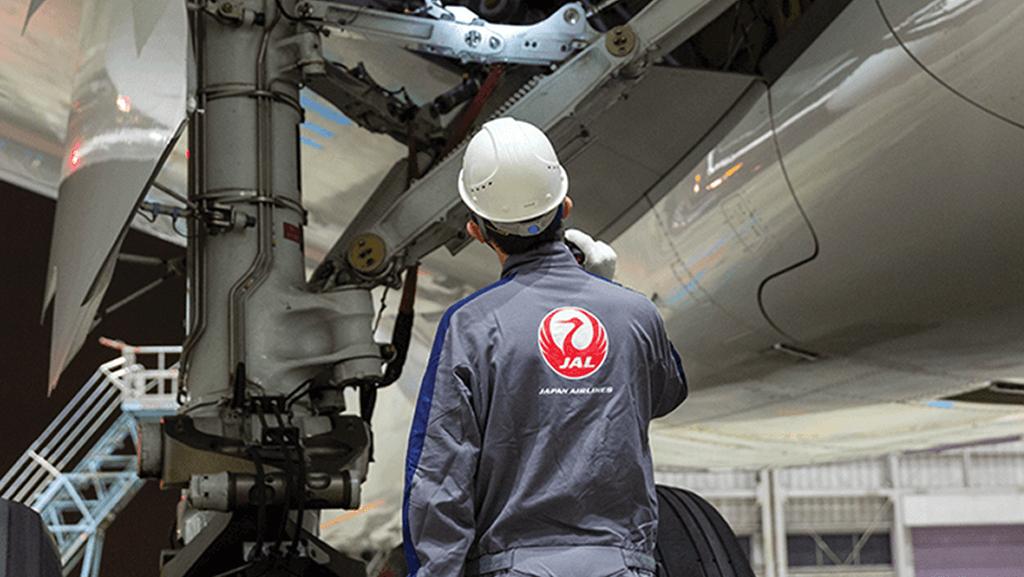
JAL Engineering employs more than 4,000 engineers and mechanics.
Credit: JAL Engineering
What does JAL look for in an MRO partner? The evaluation criteria are not solely based on low prices. I believe that is probably the most significant difference from other airlines. However, it is also important whether they can ensure the high quality that Japanese customers expect and whether they...
How Japan Airlines Is Leaning On Its Third-Party MRO Business is part of our Aviation Week & Space Technology - Inside MRO and AWIN subscriptions.
Subscribe now to read this content, plus receive full coverage of what's next in technology from the experts trusted by the commercial aircraft MRO community.
Already a subscriber to AWST or an AWIN customer? Log in with your existing email and password.





